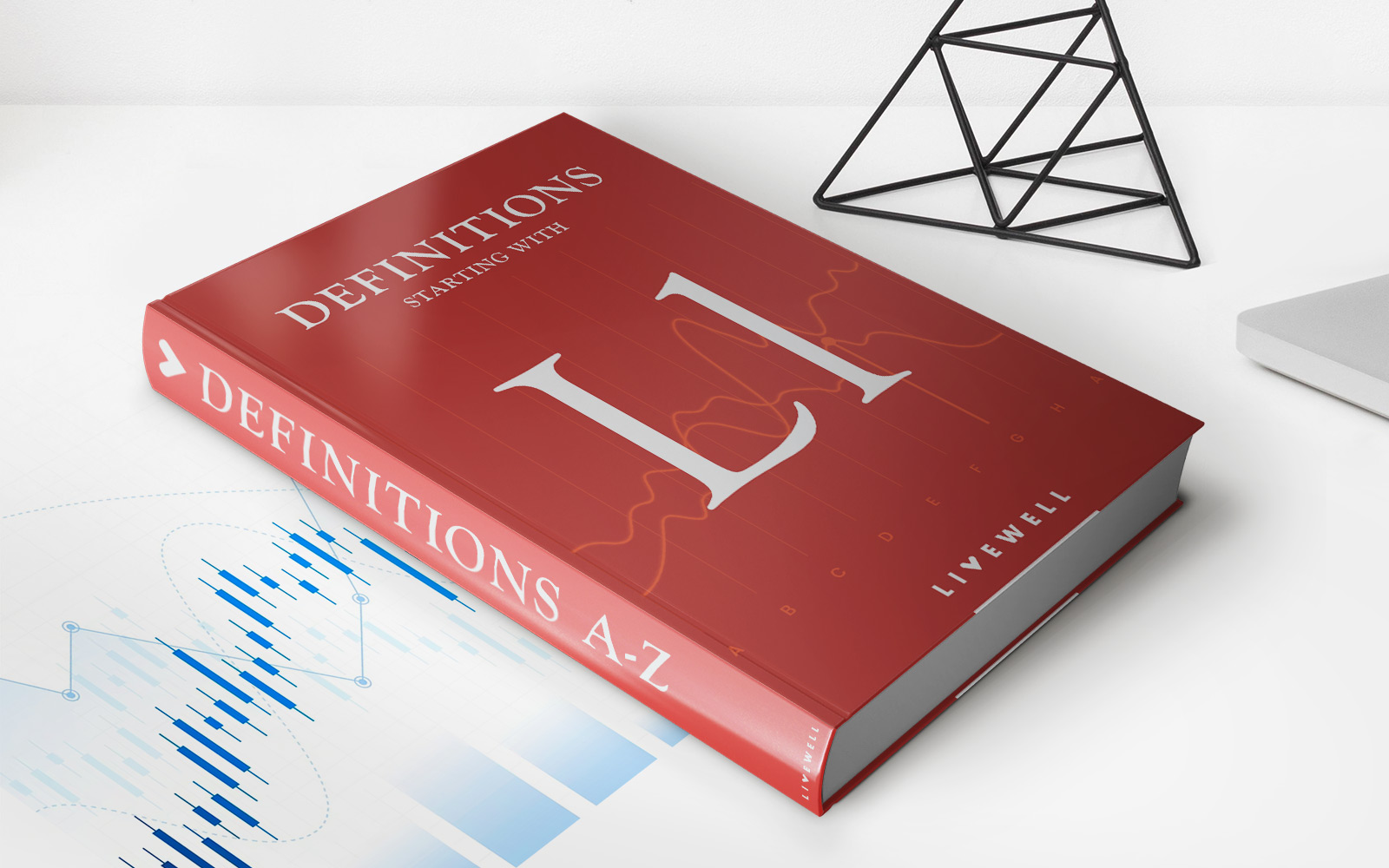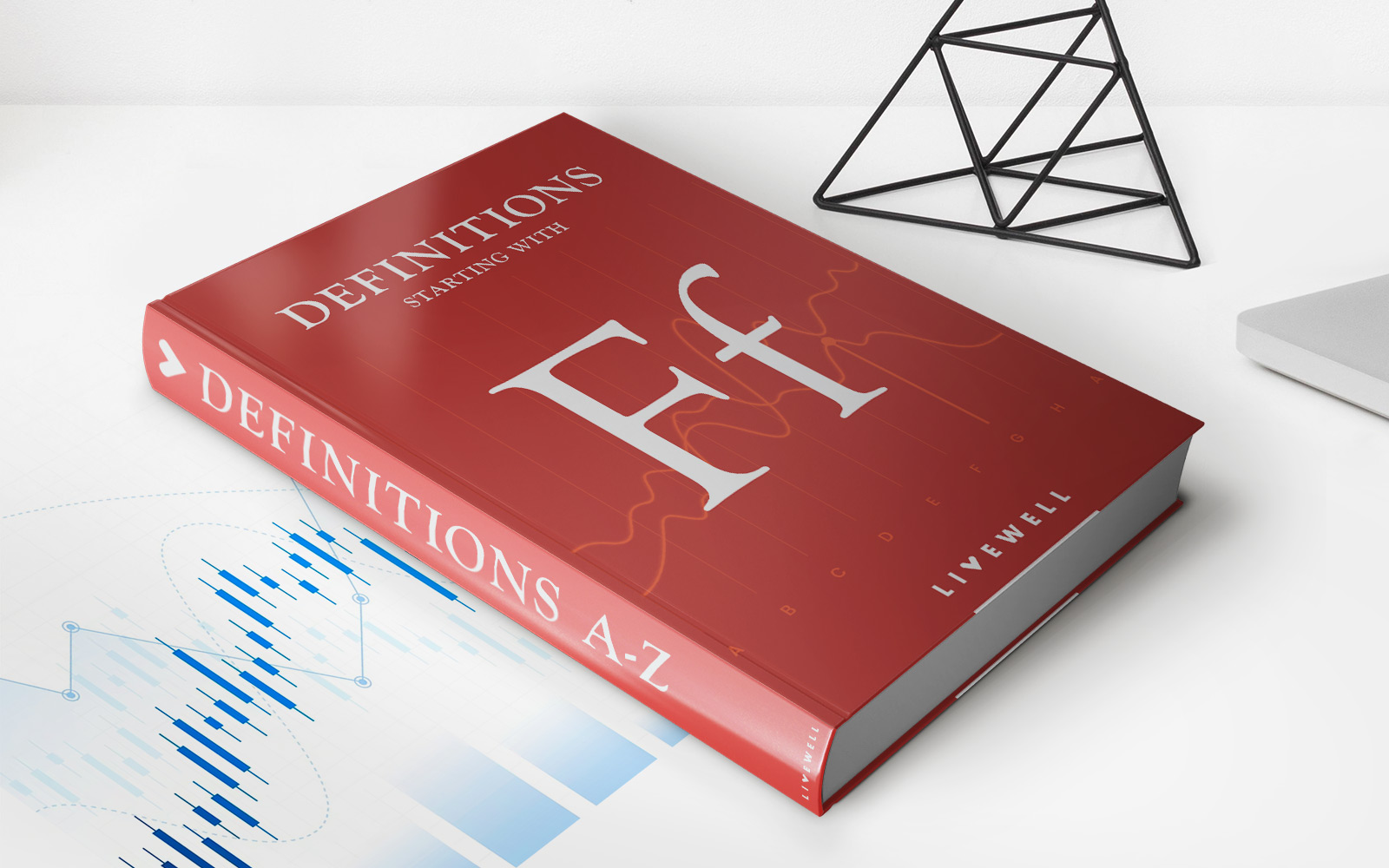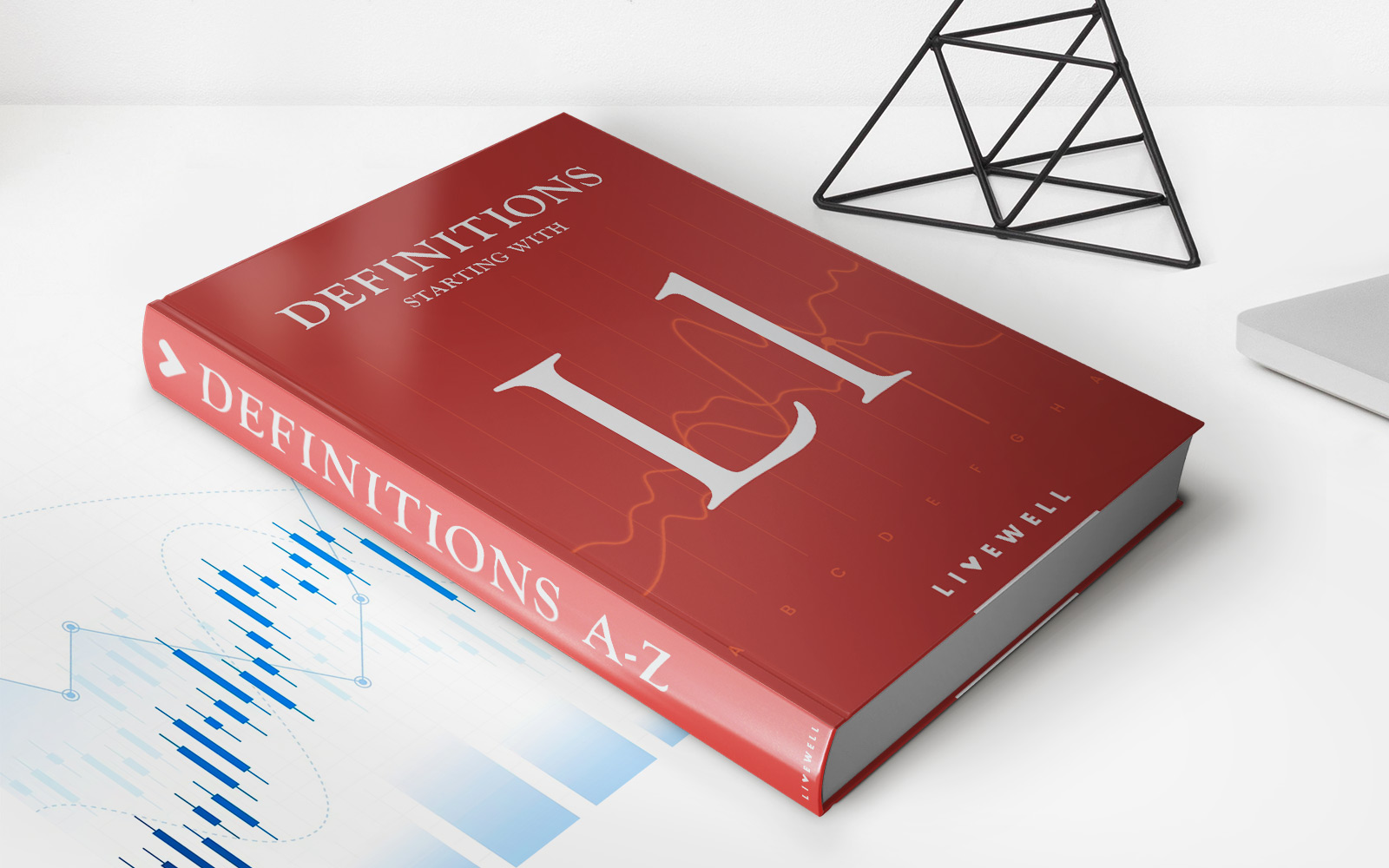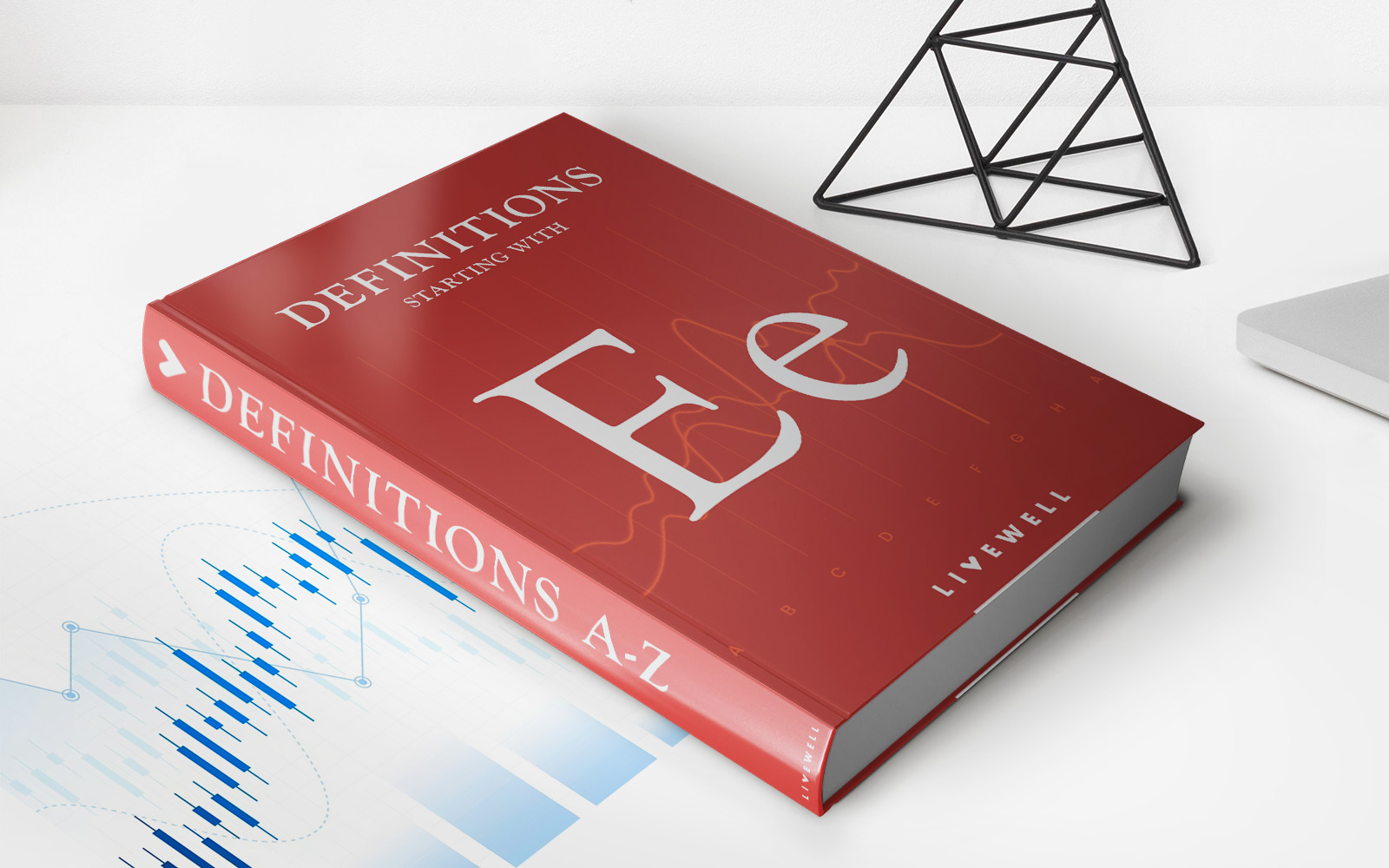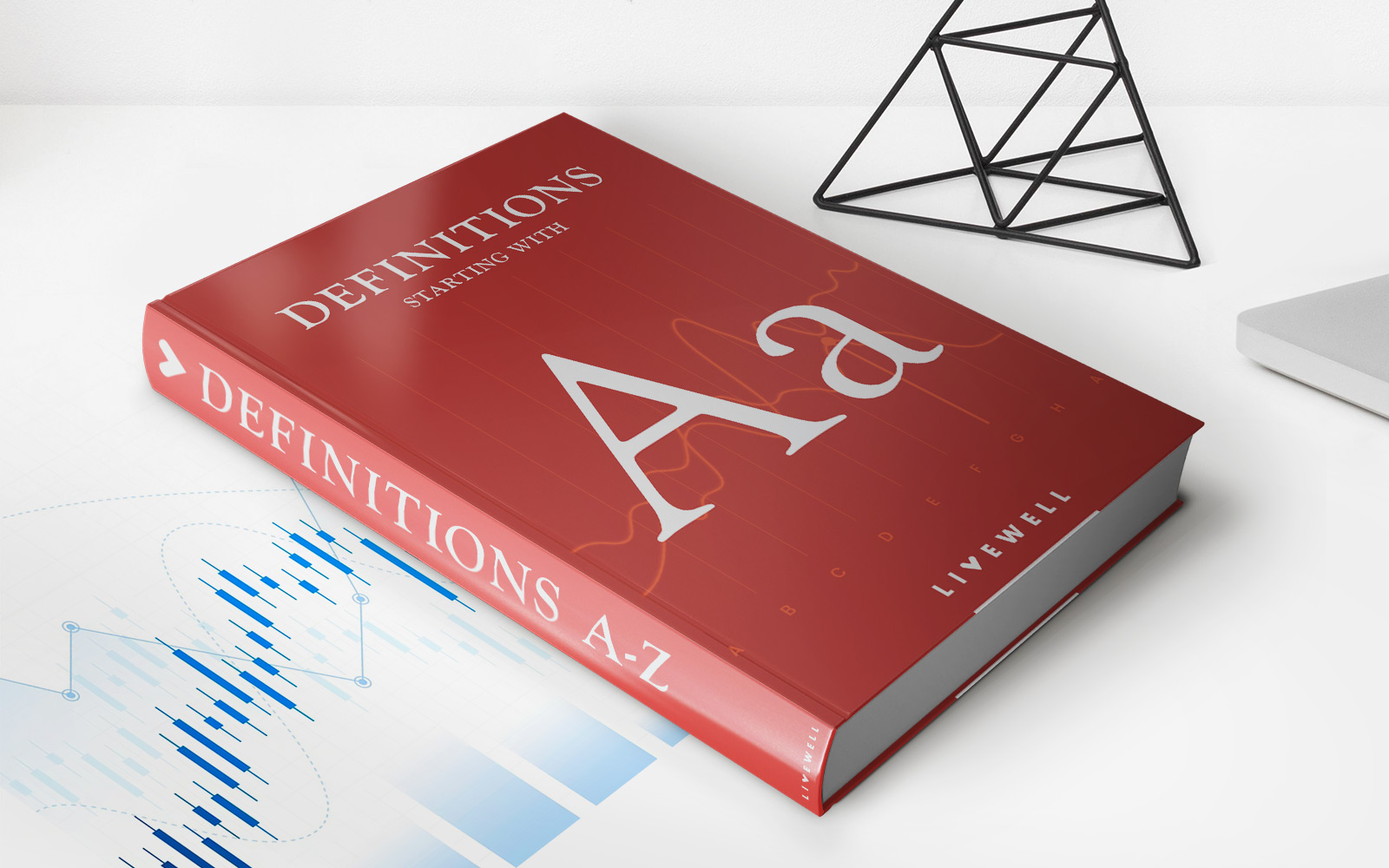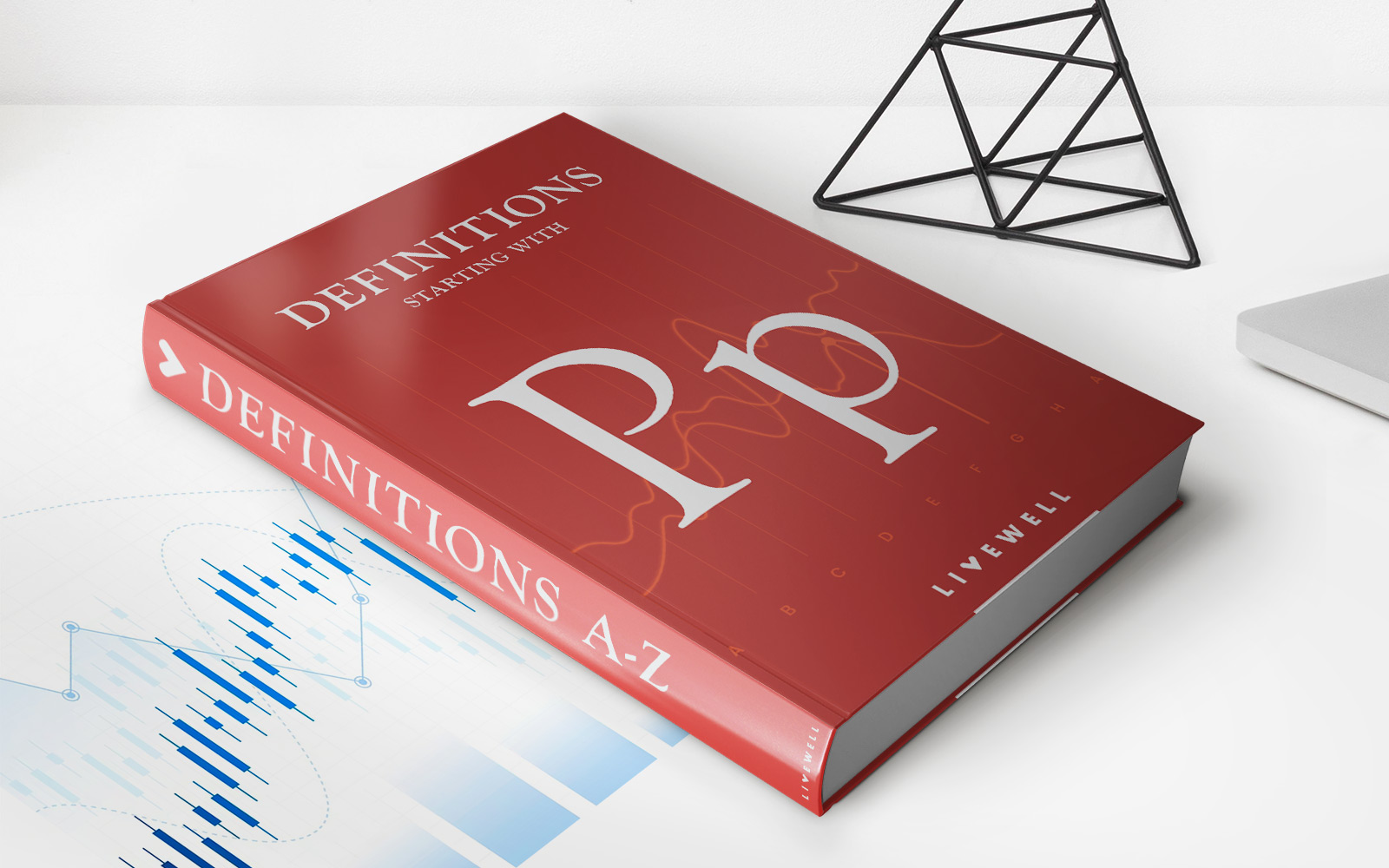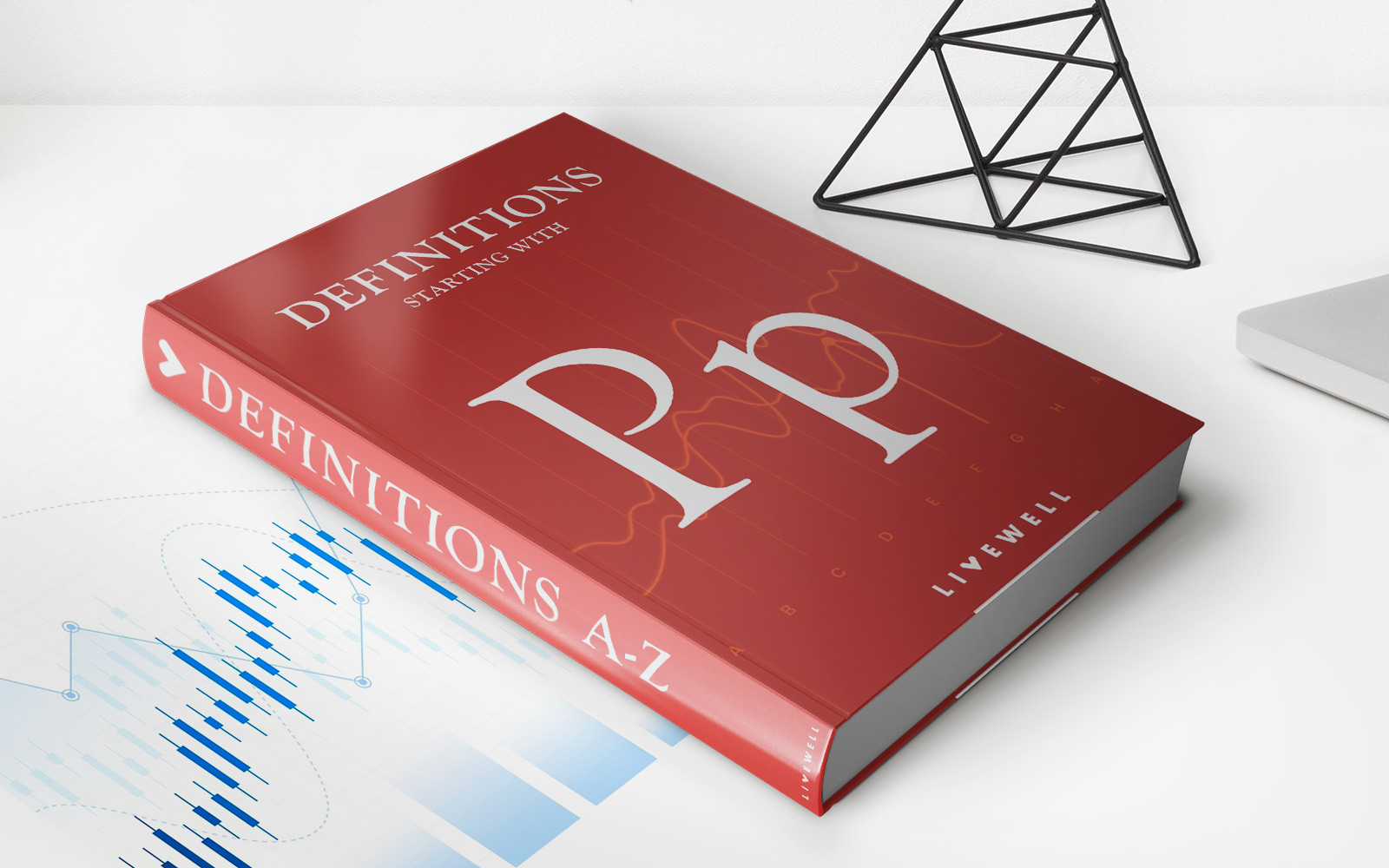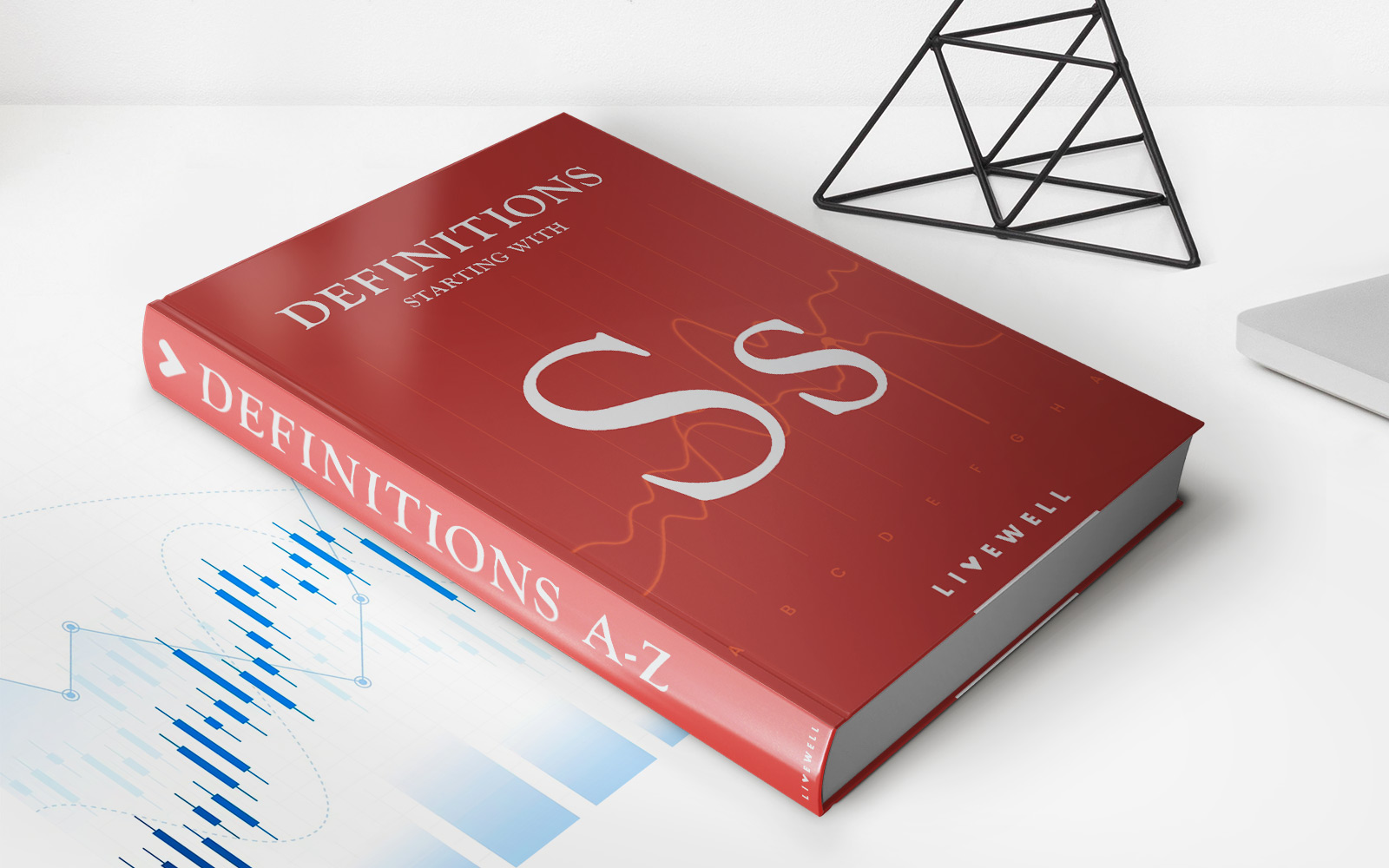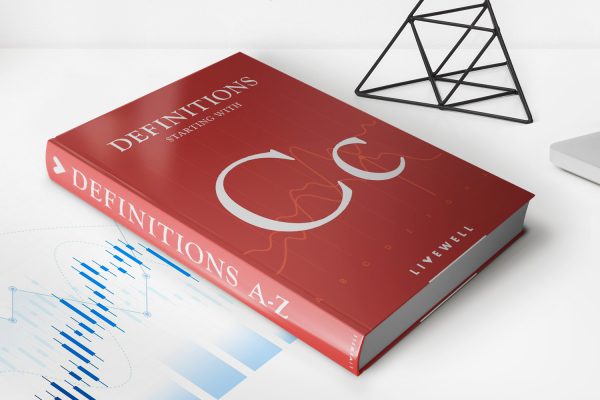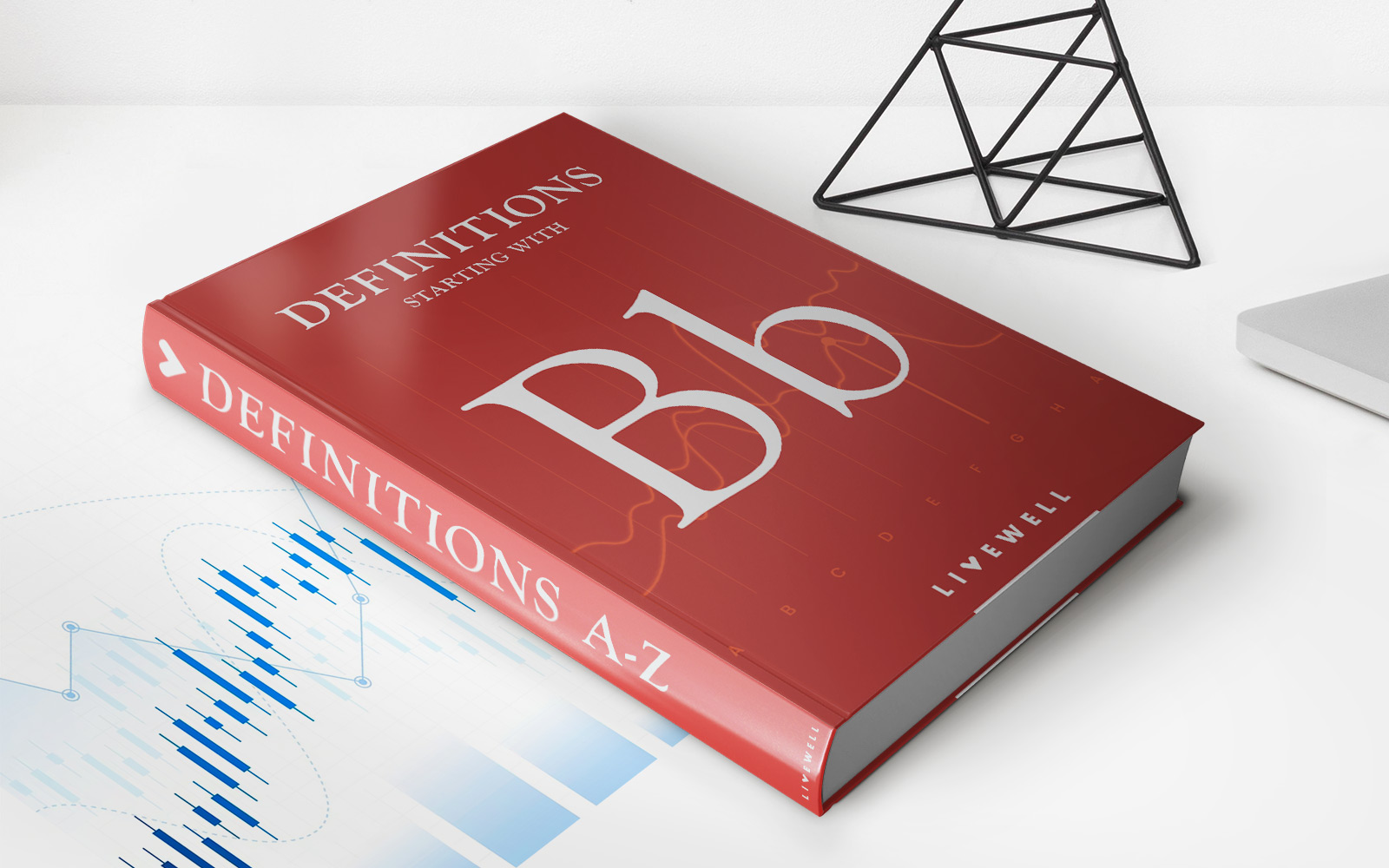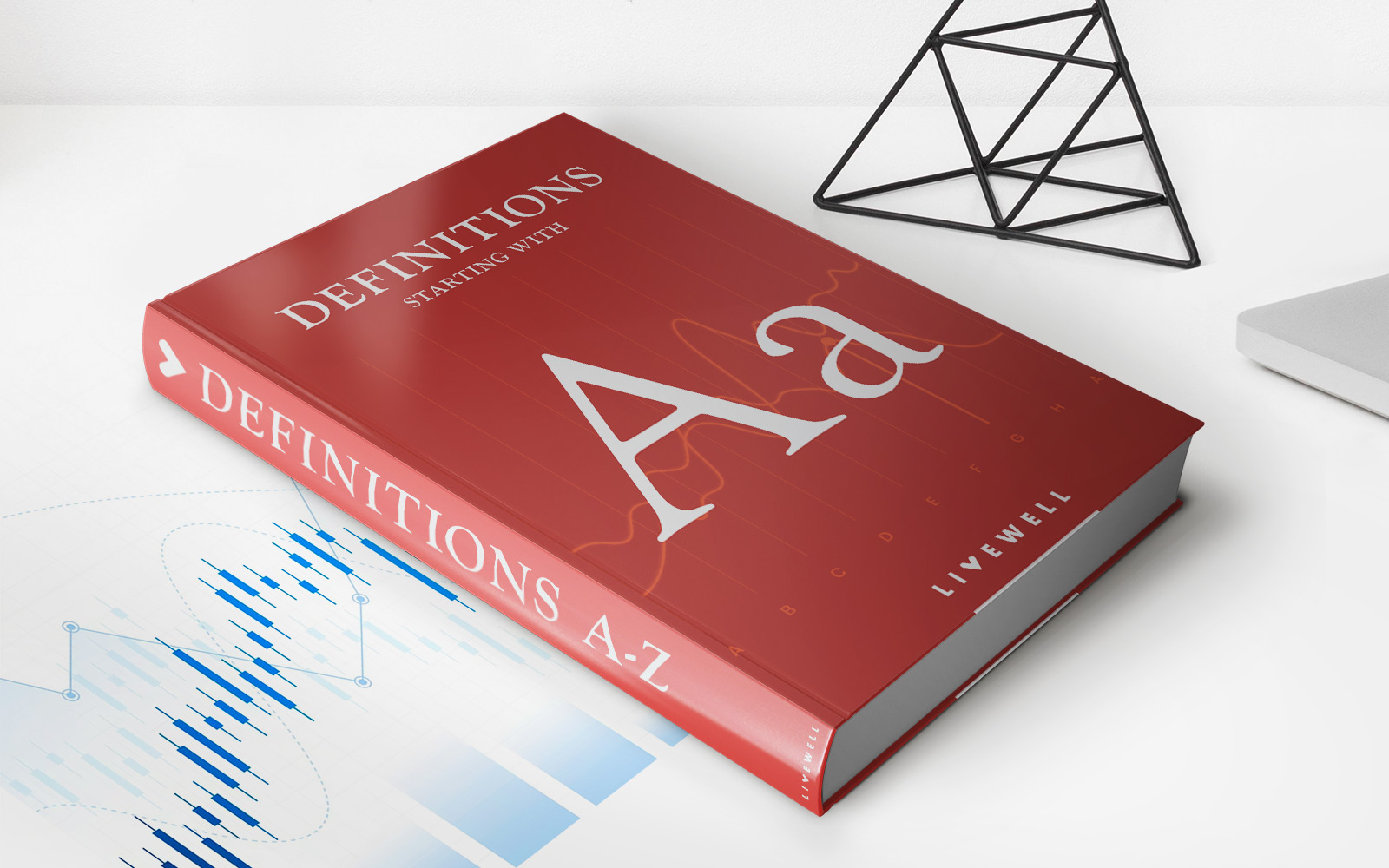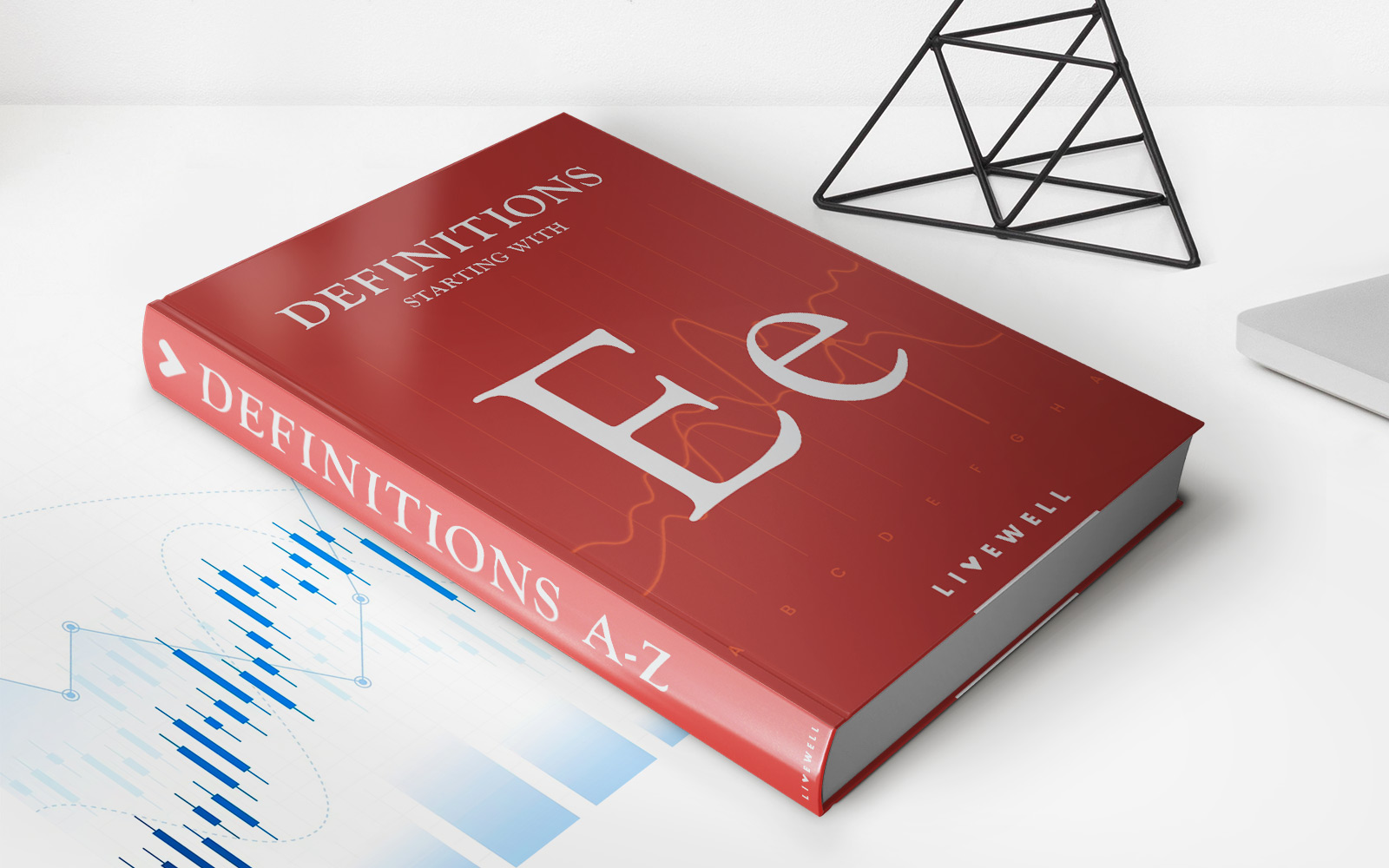Home>Finance>Asset Coverage Ratio: Definition, Calculation, And Example
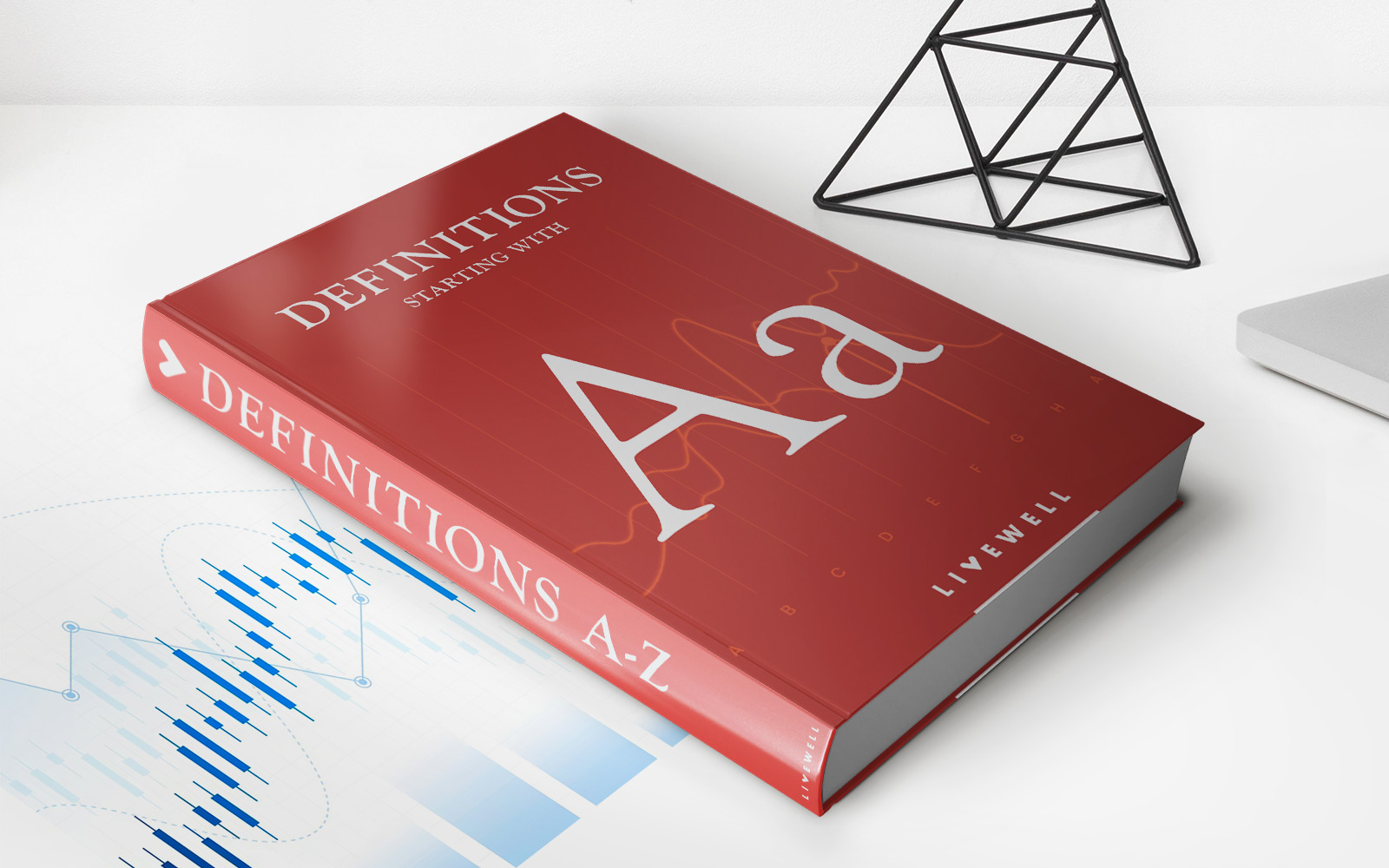

Finance
Asset Coverage Ratio: Definition, Calculation, And Example
Modified: October 11, 2023
Learn about the Asset Coverage Ratio- a key metric in finance. Discover its definition, calculation methods, and see a practical example.
(Many of the links in this article redirect to a specific reviewed product. Your purchase of these products through affiliate links helps to generate commission for LiveWell, at no extra cost. Learn more)
Understanding Asset Coverage Ratio
When it comes to financial analysis and investing, understanding key ratios and metrics is crucial. One important ratio that investors and lenders often consider is the Asset Coverage Ratio. In simple terms, this ratio measures a company’s ability to cover its liabilities with its assets. But what exactly does this ratio mean, how is it calculated, and why is it important? Let’s dive in and explore.
Key Takeaways:
- The Asset Coverage Ratio measures a company’s ability to cover its liabilities with its assets.
- A higher ratio indicates a lower risk of default and provides more security to lenders and investors.
Calculation of Asset Coverage Ratio
The Asset Coverage Ratio is calculated by dividing a company’s total tangible assets by its total liabilities. Tangible assets are the assets that have a physical form or substance, such as property, equipment, or inventory. Liabilities, on the other hand, are the company’s financial obligations, including debt and other payables.
The formula for calculating the Asset Coverage Ratio can be represented as follows:
Asset Coverage Ratio = Total Tangible Assets / Total Liabilities
Example of Asset Coverage Ratio
Let’s understand the Asset Coverage Ratio with an example. Suppose Company A has $5 million in total tangible assets and $2 million in total liabilities. By applying the formula, we can calculate Company A’s Asset Coverage Ratio as:
- Total Tangible Assets: $5,000,000
- Total Liabilities: $2,000,000
Asset Coverage Ratio = $5,000,000 / $2,000,000 = 2.5
This means that Company A has an Asset Coverage Ratio of 2.5. In other words, the company’s total tangible assets are 2.5 times its total liabilities. A higher ratio indicates a lower risk of default and provides more security to lenders and investors.
Why is the Asset Coverage Ratio Important?
The Asset Coverage Ratio is important for both lenders and investors. Here’s why:
- Assessing Financial Stability: The Asset Coverage Ratio helps lenders and investors gauge a company’s financial stability. A higher ratio indicates that a company has a greater ability to repay its debts and is less likely to default.
- Evaluating Investment Risks: Investors can use the Asset Coverage Ratio to assess the risk associated with investing in a company. A low ratio may indicate that a company is highly leveraged and could have difficulty meeting its financial obligations.
Overall, the Asset Coverage Ratio is an important financial metric that provides insights into a company’s ability to cover its liabilities with its assets. It serves as a valuable tool for lenders and investors in their decision-making process. By calculating and analyzing this ratio, one can assess a company’s financial health and make informed investment or lending decisions.
